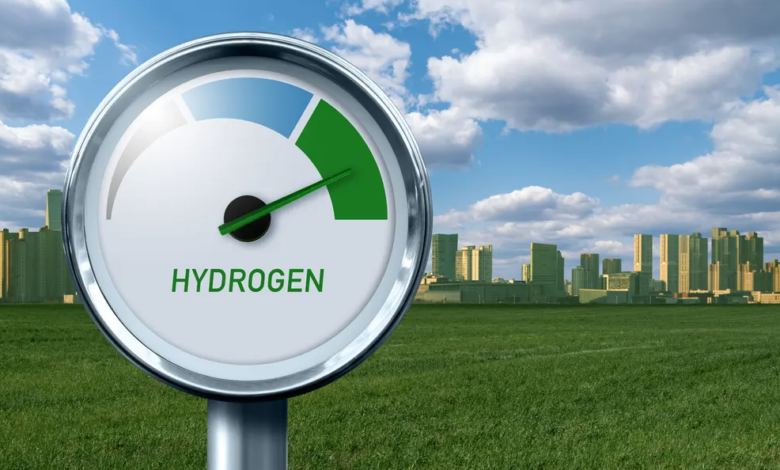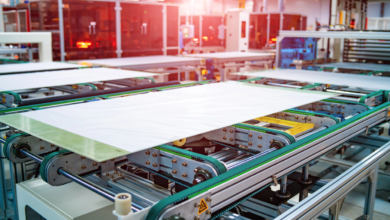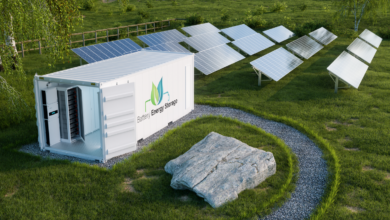Producing economical green hydrogen from water and renewables is the first goal to be achieved to make the H2 carrier of the energy transition. At the moment, in fact, the version obtained thanks to clean energy has on average twice the cost of gray hydrogen, that is obtained from fossil fuels. The price obviously depends on several factors, first of all, the price of the energy used, but in general this gap (putting aside the parenthesis of the 2022 energy crisis) should not be closed soon. At least with current technology. This is why the sector continues to invest in innovation, looking for one or more keys to achieve full competitiveness.
The latest progress in this area is the result of two different studies, carried out respectively by the Korea Institute of Science and Technology (KIST) and the Helmholtz-Zentrum Berlin (HZB) with the Technical University of Berlin.
read also Hydrogen level cost, green H2 will beat blue already in 2028
Making hydrogen economical with AEM electrolysis
KIST scientists, led by Dr. Yoo Sung Jong of the Hydrogen and Fuel Cell Research Center, worked at the apparatus level. To be precise, the group has managed to significantly reduce the cost of green hydrogen production by implementing a new water electrolysis device with an anion exchange membrane (AEM). What is it? A technology of splitting water molecules that uses a membrane semipermeable to hydroxide ions. The main advantage of AEM electrolysis is that it does not need catalysts based on expensive noble metals. On the other hand, it offers lower efficiency than PEM electrolyzers and a shorter life.
The key element of the new research is the catalyst. The team synthesized a double layer nickel-iron-cobalt hydroxide material on a hydrophobic carbon backing. This element accelerates and facilitates the oxygen evolution reaction. The performance tests showed that the new catalytic support can reach a current density of 10.29 A/cm2 and a long service life (550 hours). The research was published in Energy & Environmental Science.
Solar hydrogen, is cheaper if it helps the chemical industry
The work carried out in Germany instead aims to make green hydrogen economical through a sectoral integration approach. The study investigated the possibility of using some of the hydrogen, produced directly by sun and water through photoelectrolysis, to transform crude chemical substances derived from biomass in others of high value for industry. This concept of co-production is based on flexibility: the same plant can be used to produce different by-products as needed.
In detail, the scientists, led by Fatwa Abdi and Reinhard Schomäcker, have analyzed how the equilibrium changes when part of the solar hydrogen reacts with itaconic acid (AI) to form methyl succinic acid (MSA). All within the same device. The group estimated that, if only 11% of hydrogen is converted to MSA, the cost of the carrier could fall to 1.5 euros per kilogram, the same cost as grey hydrogen. This also applies to a photoelectrolysis plant with a service life of only 5 years.
And since the market price of MSA is significantly higher than that of hydrogen, the higher the production of acid, the higher the profitability. The work is published in the journal Nature Communications.






